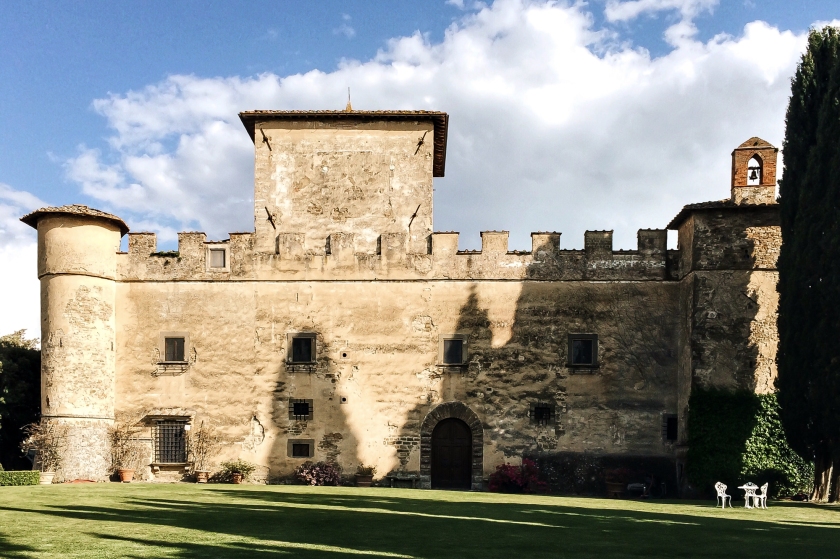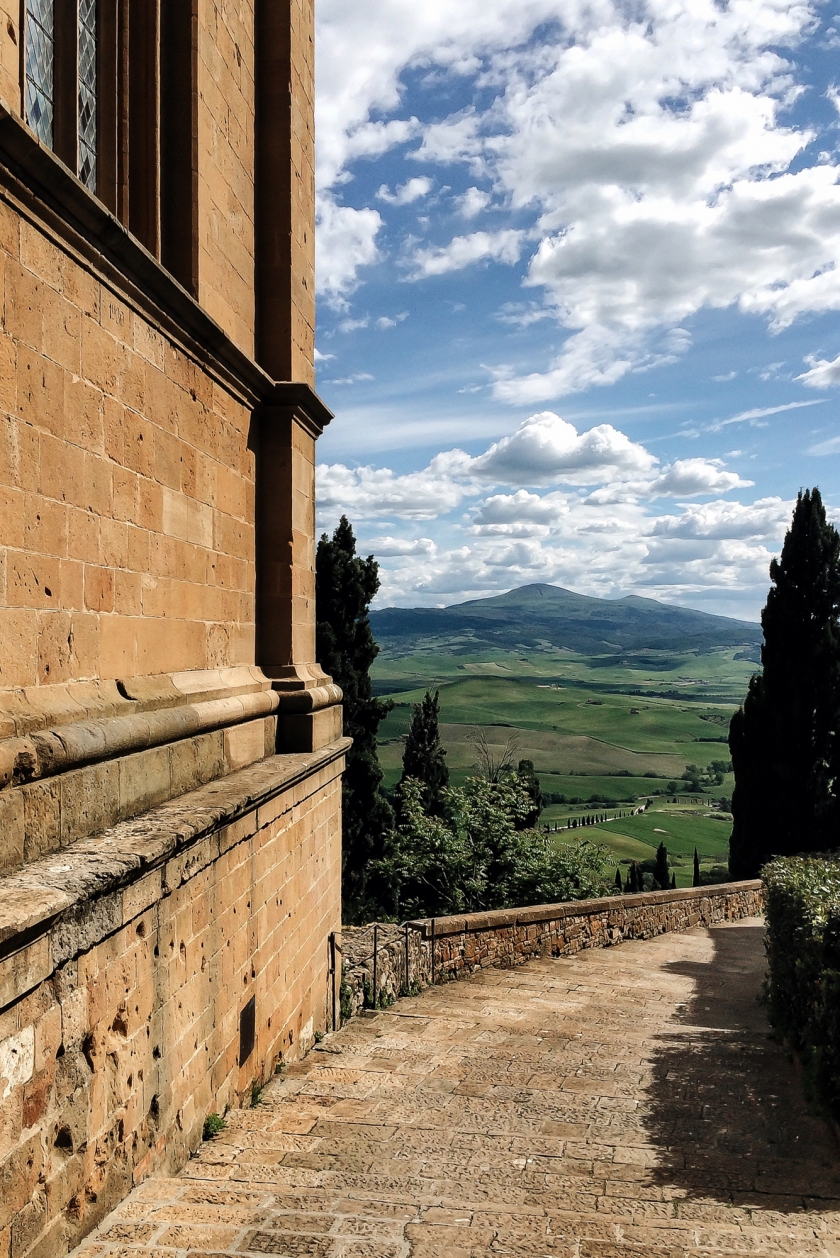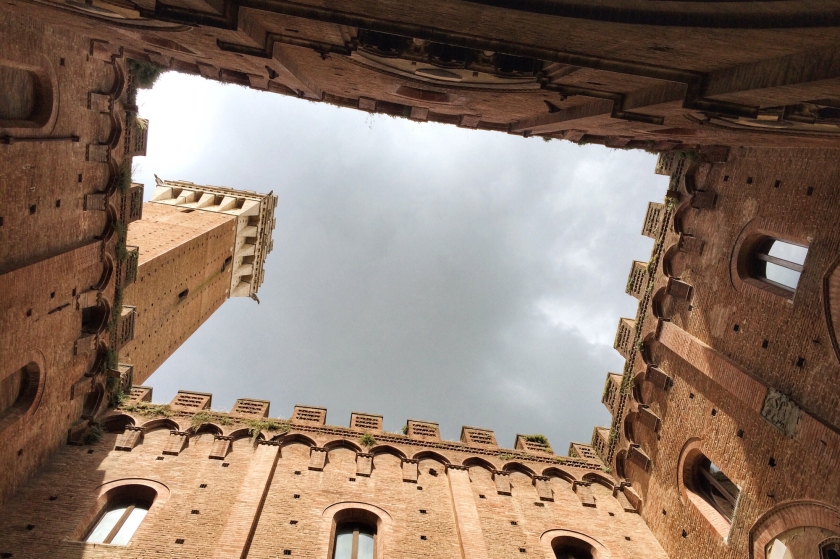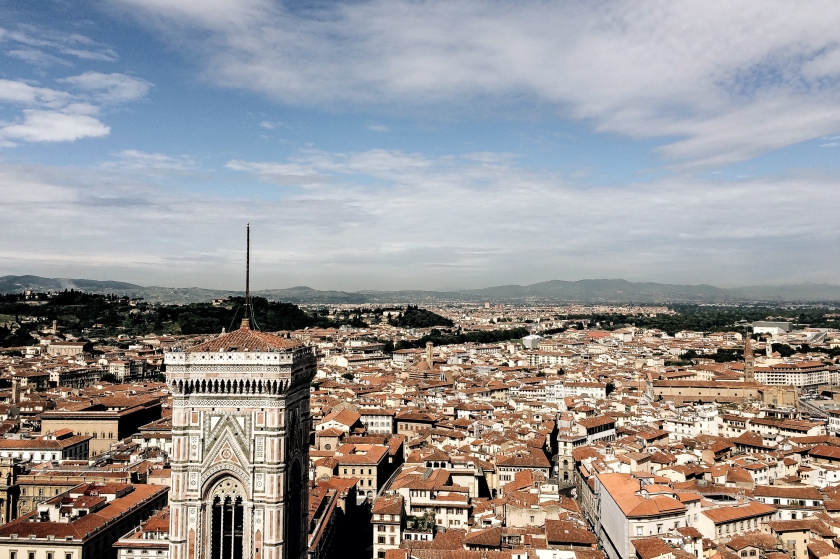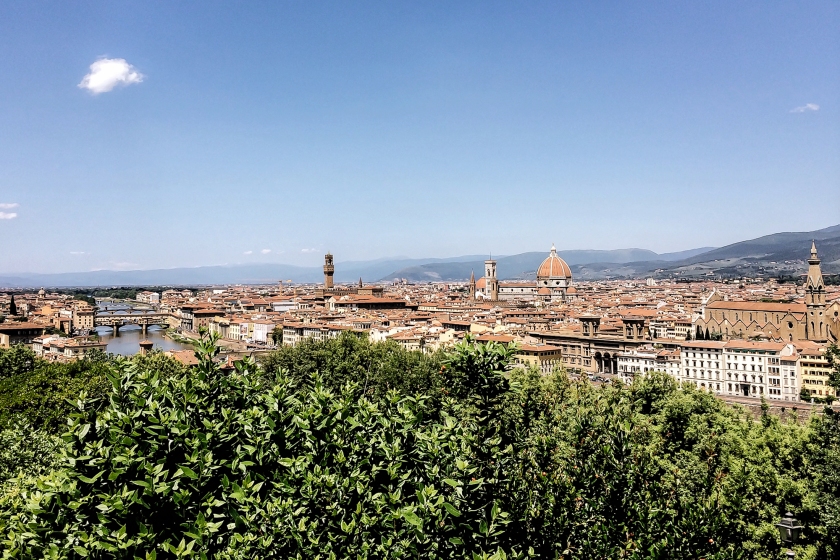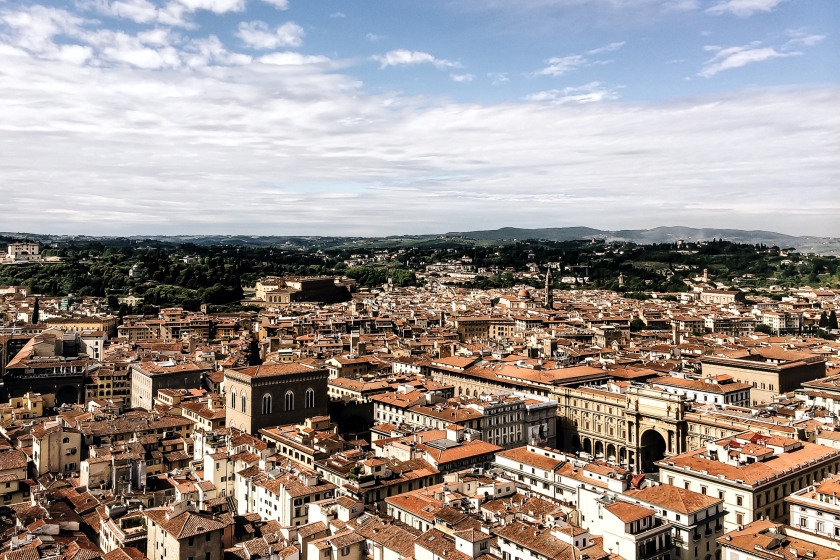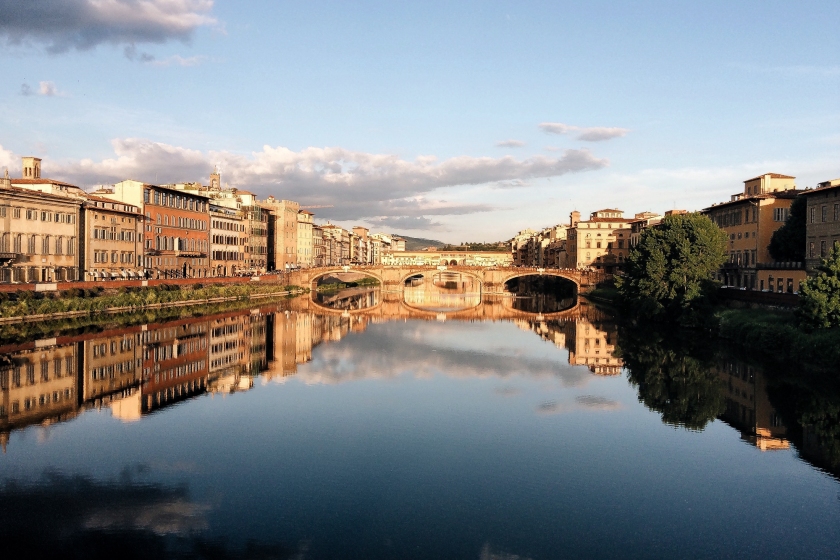In the blazing heat of the Italian summer, the entrance to the Amalfi Coast is a sight for sore eyes. Houses and terraced vineyards sit atop undulating precipices against the bluest ocean. The ride on the coastline is beguiling in the picture-perfect scenes that surprise at every twist and turn. In the evening, the coast glows like a placid dream. Along the Italian Riviera, the towns light up to form a trail of stars. Elsewhere, glasses of limoncello clink.
Many have claimed the romance of the Amalfi Coast, and few would contradict that assertion. It is a place where the sweltering sun rays melt into a sultry warmth for sunbathers lounging on the golden sand. Where boats wait in front of summer villas, ready to whisk day trippers away. Where every dinner is preceded by an endless flow of aperitivi. In every season, in every decade, the Amalfi Coast still stuns the well-travelled.

POSITANO
Positano sparkles like a jewel on the coast, with ornate buildings climbing down a cliff that falls sharply into the ocean. A trip here will cost in parking, but the jaw-dropping views it affords are not to be missed. These views are best enjoyed from the balconies of Le Sirenuse.
Once a summer house of four Neapolitan siblings, the hotel is now the vacation home of the upper echelon. The rooms are designed with an eclectic mix of Italian antiques, mosaic-patterned cushions and cream-coloured linens. Doubles start at €470. Also on the premises of Le Sirenuse is the ultra-chic Franco’s Bar, where Negronis are paired with sunset panoramas.
But of course, the celebrated Il San Pietro di Positano will never be forgotten as the 19th century villa hangs gracefully off a cliff edge. At the foot of the hotel is the guest-only beach club. Tangerine sunbeds and umbrellas gather on a cove accompanied by a bar. Private charters on a yacht and cocktail masterclasses are also available. Doubles start at €442. For another sun-kissed view, Residence Villa Yiara is an adults-only hotel with bougainvillea-clad rooms. Doubles start at €230.
From Positano, a five minute boat ride brings you to Da Adolfo. This beach shack hidden from footpaths does grilled local fish, mussel soup and mozzarella on lemon leaves. Saraceno d’Oro is also a crowd-pleaser for being friendly on the wallet, and for the vongole and seafood pasta. The best finisher to a meal there will have to be the limoncello shots.


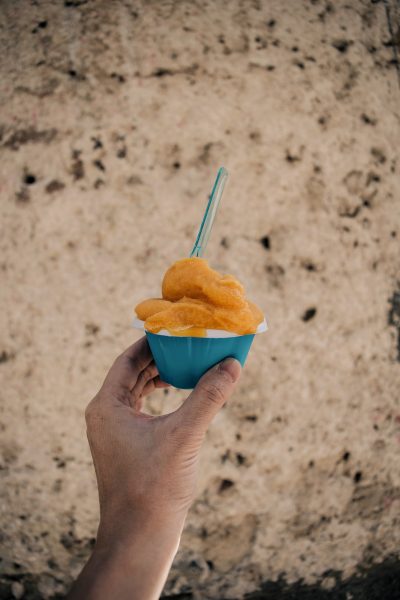









RAVELLO
Unlike the glitz of Positano, Ravello enchants with a sonata. It is little wonder that Ravello is the stage for the Ravello Festival of music at the Villa Rufolo, a 13th century villa with a well-manicured garden of climbing figs, hydrangeas and umbrella pines. Ravello’s villas and gardens are like the museums of Florence, and the Villa Cimbrone Hotel and its garden the masterpiece. Owned by the Vuilleumier family, the estate is a favourite of the literary set. The hotel is furnished with frescoed halls leading into 19 bedrooms and an outdoor tea room. Doubles start at €300. On the same grounds is the English garden. It can be hard to leave once you set foot on the path rambling along the rose gardens, the shaded walkways dripping with wisterias, and the unrivalled view from the terrace leading out to the ocean that knows no end.
You will most certainly pass by Villa Maria towards the town square from Villa Cimbrone. The hotel breathes old-fashioned Italian style. Small, family owned, marble staircase, and mahogany furnitures that look centuries old. The hotel only has one restaurant and that is the only restaurant to be. The menu is made up of produce from the garden sprawled below the outdoor dining area, overlooking the valley.
Back in the square, the most talked-about restaurant is Mimi Pizzeria. You get the classic margherita or prosciutto crudo di parma, and contemporaries like the Mimi – San Marzano tomatoes, anchovies, garlic burrata and lemon zest. The outdoor dining area is perfect for having a slice under a vine-covered canopy.









CONCA DEI MARINI
The biggest draw to Conca dei Marini is the Grotta dello Smeraldo. Visiting this Emerald Cave is uncomplicated – a staircase, an elevator and a boat tour. A less than 5 minutes car ride away is Fiordo di Furore, an inlet that narrows into a fishing village. In the late afternoons, the beach there is a sanctuary for some unobstructed swimming. For food, Le Bontà del Capo is best known for its lemon and ricotta ravioli. Ask for the outdoor area seating that juts out into the ocean for the best views.




PRAIANO
Praiano has always been the one for affordable stays within reach of Positano, but really there is more than meets the eye. There is the view. The buildings seem to be etched vertically into the cliffs, and staying at Calanteluna will make you feel like you are at the edge of the coast. This small bed and breakfast has a casual beat to it. The occasional homemade lemon cake and lemon juice in the afternoons. The after-dinner laughter and cheer resonating from the floor below. Doubles start at €90. Then there is the food without the crowds – La Strada for the seafood risotto, or Kasai for quiet dinners by the sea.




































